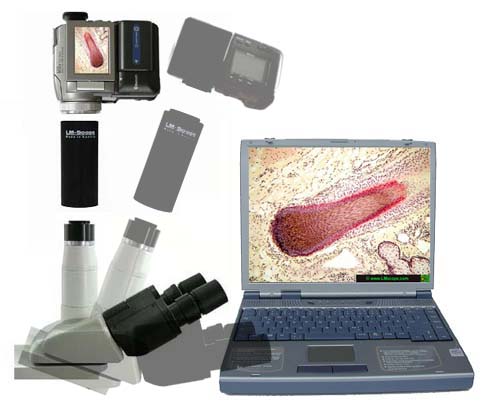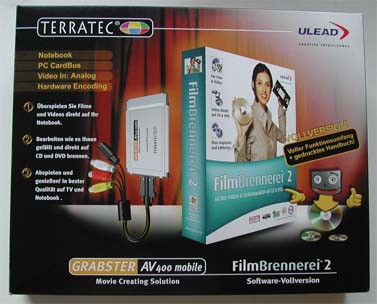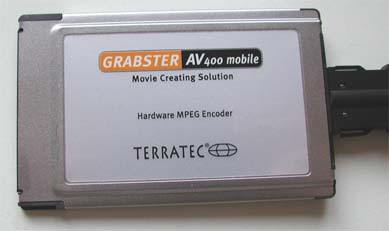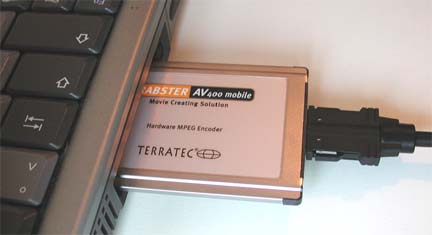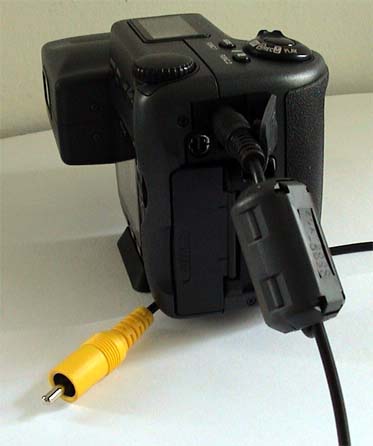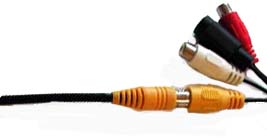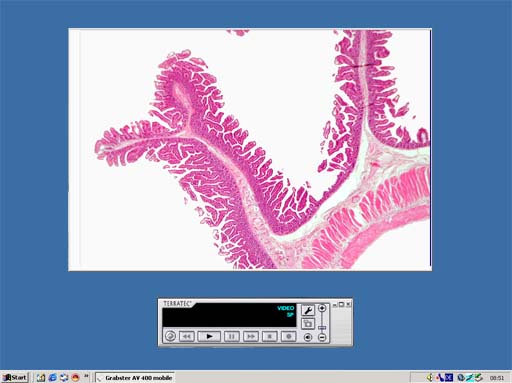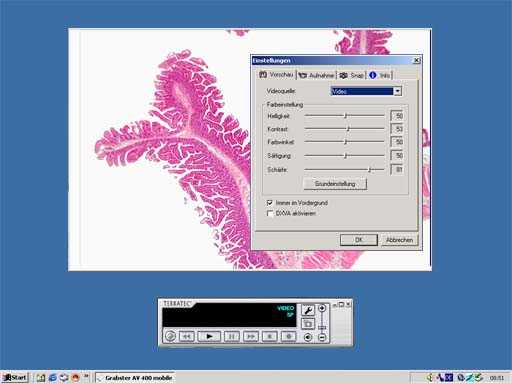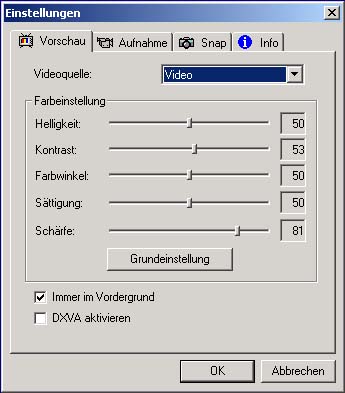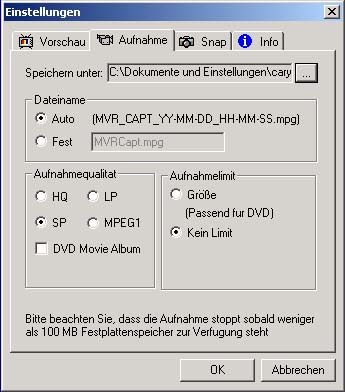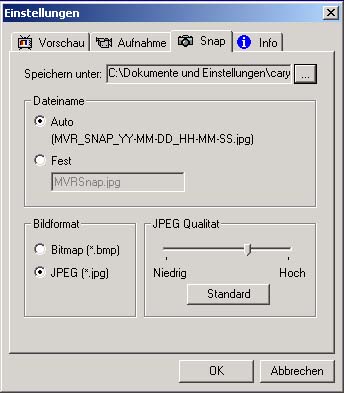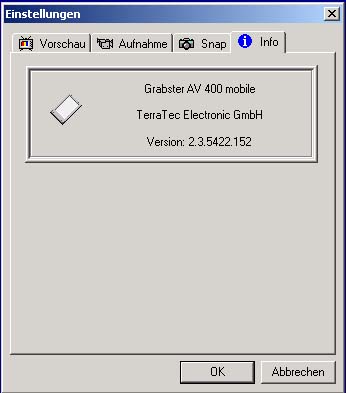

Live video streaming and video capture with a mobile computer (notebook)
In microscopy or macroscopy, it is often necessary to use the micrometer button to optimize the focus before capturing the image. As a rule, assessing the picture quality on the digital camera’s built-in TFT monitor is unsatisfactory. The internal TFT monitor is usually too small and the picture quality, such as the brightness and contrast, cannot be judged properly. Furthermore, it is not ergonomic to work without external control monitor. Because the TFT monitor is not directly visible due to the awkward position, a monitor within the immediate range of vision would be preferable.
Almost all consumer digital cameras have an analog video output (composite or s-video). If you use a video cable to connect a digital camera and a video monitor (television), then the image can be viewed on a large screen. Good video monitors are very expensive and take up a lot of space. Because in digital photography a computer is required to edit images, it is possible to use a notebook as a control monitor. Modern notebooks deliver high performance and have very good TFT displays. The analog video signal is fed into the mobile computer using a PCMCIA digitalization card. Such PCMCIA expansion cards are used to digitize video films (video recorders, SAT receivers). This makes it possible to record a microscope video sequence onto the hard drive. Good expansion cards have an integrated chip which supports the hardware encoding. The expansion card takes over the calculations for compressing the video to a standard video format, such as MPEG1 or MPEG2. This removes some of the workload from the computer’s processor (CPU). An old notebook (Intel Pentium I with 800 MHZ) is sufficient for digitizing films. Good PCMCIA expansion cards (such as Terratec Grabster AV 400 mobile) cost about 200 Euro (as at 2005)). The software provided with the cards is simple to use.
Advantages:
- No control monitor required
- Low acquisition costs
- Very simple to record videos onto hard drive
- Simple to create video CDs or DVDs
Packaging for the Terratec Grabster AV 400 mobile
Included in delivery:
• Grabster AV 400 mobile
• Breakout cable
• S-video cable
• A/V cinch cable
• Scart adapter
• Software and driver CD
• Ulead DVD MovieFactory 2
• Ulead VideoStudio 7 SE
• Printed software manual
• Printed hardware manual
PCMCIA expansion card for mobile computers
PCMCIA card with cable attached
PCMCIA card is inserted into the computer
Attachment of video cable and connection to digital camera
Caution! Always use the original video cable provided by the manufacturer for the respective camera model.
Connection of the video cable
Live video image from a microscope image
Pressing this button takes you to the program settings
Set the brightness, contrast, etc.
Set the capture quality for the hard disc recording
Capture quality of fixed images
New LM Digital Adapter for: Sony Alpha 9 III / Nikon Z9 / Nikon Z8 / Sony Alpha 7R V / Sony Alpha 1 II / Sony Alpha 1 / Sony Alpha 9 II (ILCE-9M2) / Sony FX3 Cinema Line / Sony Alpha 9 / Nikon D6 / Canon EOS R3 / Canon EOS R6 Mark II / Canon EOS R8 / Sony Alpha 7R IV / Canon EOS R5 II / Nikon Z6III / Canon EOS R5 / Sony Alpha 7S II / Sony Alpha 7S III / Sony Alpha 7R III / Canon EOS R6 / Nikon Z6 / Nikon Z6II / Sony Alpha 7R II / Nikon Z7 / Nikon Z7II / Canon EOS R / Canon EOS Ra (Astro) / Nikon Z5 / Sony Alpha 7C / Canon EOS RP / Sony Alpha 7S / Canon EOS R7 / Leica SL2-S / Canon EOS R10 / Nikon Z50 II / Canon EOS 1D X Mark III / Nikon Z50 / Nikon Z30 / Nikon Z fc / Nikon D850 /
